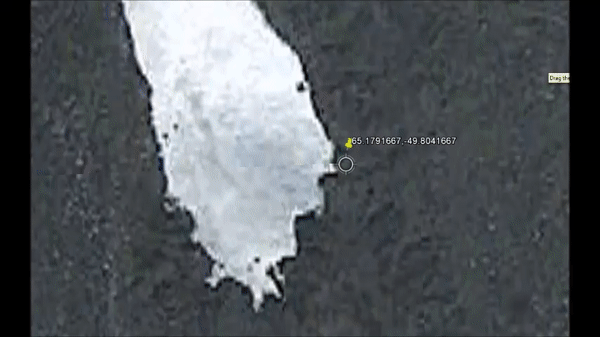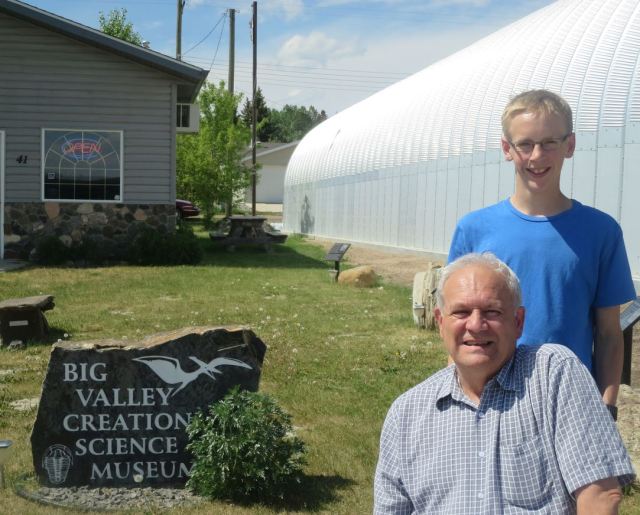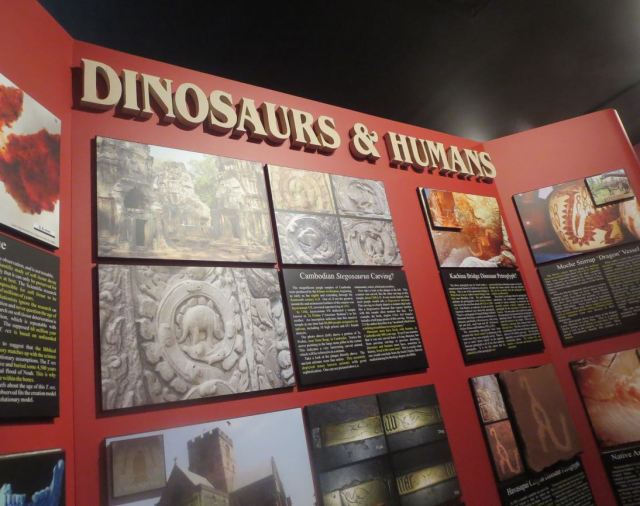A paper published last week in Nature, claims that life began at 3.7 (billion years ago). This is the latest in a rather faltering progression of our best guesses of the date life started on Earth. Biblical literalists are still OK with something close to Irish Archbishop James Ussher’s calculation of 6,000 years, which he famously produced around 1650. Creation occurred shortly after dinner on October 22, 4004 BCE. Life began a day or two later.
It occurred to Bishop Ussher and his contemporaries that God intended to end the world on a mathematically appropriate date, likely 6,000 years after starting his experiment. Then there would be 1,000 years of struggle or bliss or something, and the world would end, 7,000 years after it began. This was especially tidy and convincing as there are 7 days in the week, said Biblical scholars of the time.
Other theologians agreed in general, but squabbled about the exact date of Creation. However, enlightened scientists of geology saw signs of an older Earth. Observations of erosion and fossils suggested hundreds of thousands of years. And thus began a faith vs science debate that continues today.
Enter the geologists
Among geologists, Earth-age quickly receded into depths unfathomable. Or, to quote Scottish geologist/physician/farmer James Hutton (c. 1800), the Earth is “without vestige of a beginning, without prospect of an end.” Hutton is credited with the notion of ‘deep time’ – at least in western culture: in Meso-America and parts of Asia, the concept of old is very, very old. But, for the western tradition, Hutton opened the way for millions – rather than thousands – of years of Earth history.
Charles Darwin was one of the first to put a number on the very old. A meticulous geologist before he was renowned as a naturalist, Darwin calculated the age of Earth as older than 300 million years. This number came from Darwin’s detailed study of the erosion rate of England’s Weald Mountains. Erosion, he said, had been at work for 300 million years, so the Earth was at least that age.
By 1910, Arthur Holmes, another English geologist, used radioactive decay in rock samples to surmise that uranium had been transforming into lead for a billion years. Physicists took over the calculations, stretching Earth’s history ever further into the vestige of time, finally surmising that the Earth has been a planet for 4 billion, 543 million years. But what of life itself? We can presume that life on Earth is younger than the Earth itself. Younger than 4,543,000,000 years.
The stroms have it
 Most of the evidence of Earth’s oldest life has focused on metamorphosed sedimentary structures built by sea creatures about 3.5 billion years ago. Those structures are Stromatolites, matted humps of sediment trapped in layers by colonies of cyanobacterial microbes. The microbial fossils appear as distinctive mounds, like those seen here. But similar mounds aren’t uniquely created by ancient bacteria – they may be the result of shallow marine wave action or variations in overlying load pressure. The geologists know what they’re doing and usually have enough circumstantial and corroborative evidence to convince themselves that their rock anomalies are indeed stromatolites. But not all geologists concur.
Most of the evidence of Earth’s oldest life has focused on metamorphosed sedimentary structures built by sea creatures about 3.5 billion years ago. Those structures are Stromatolites, matted humps of sediment trapped in layers by colonies of cyanobacterial microbes. The microbial fossils appear as distinctive mounds, like those seen here. But similar mounds aren’t uniquely created by ancient bacteria – they may be the result of shallow marine wave action or variations in overlying load pressure. The geologists know what they’re doing and usually have enough circumstantial and corroborative evidence to convince themselves that their rock anomalies are indeed stromatolites. But not all geologists concur.
The most recent ancient (3.7 Gya) stromatolites that were found in southwest Greenland do not convince everyone. Instead, the oldest generally-accepted creature skeletons are those found in Australia – a convincing (albeit tiny) fossilized mat of sulphur-eating slime that represents a 3.48-billion-year-old society of single-celled microbes. These suggest that the first life was sulphur-based and possessed hollow cellular lumens and carbonaceous cell walls.
Australia has another potential sign of very ancient life. Again, not every scientist in the room agrees, but a thin sliver of 4.1 billion-year-old zircon revealed biogenic carbon. This piece has been greeted with some skepticism – Is it necessarily biogenic? Was it inadvertently contaminated? But the zircon inclusion has its adherents.
Greenland is vying once again for the oldest-evidence title. A paper in Nature tells us that newly discovered stromatolites, freshly exposed (i.e., bared of their centuries-old ice) and analyzed by fossil hunters, are significantly older than Greenland’s previously oldest confirmed stroms. The ancient life is seen in a 3.7-billion-year-old outcrop that may contain stromatolites that are 1 to 4 centimetres high. Disregarding the Australian zircon, these stromatolites push life on Earth back another 220 million years.

3.7-billion-year-old rock with signs of associated life: Analysis shows evidence of stromatolite-like structures (outlines indicated by dotted black lines) as possible hallmarks of bacterial activity. Scale bar = 4 cm.
(credit: Nutman, A.P. et al. doi:10.1038/nature)
Who cares?
If you look at the paper in Nature, or at least read the abstract, you can see that most of the excitement deals with the geological implications of the start of life on Earth. Geologists are interested in this because biology alters the planet’s chemical systems – especially the atmosphere. As the paper’s authors (Nutman, Bennett, Van Kranendonk, Friend, and Chivas) say:
“Biological activity is a major factor in Earth’s chemical cycles, including facilitating CO2 sequestration and providing climate feedbacks. Thus a key question in Earth’s evolution is when did life arise and impact hydrosphere–atmosphere–lithosphere chemical cycles?”
Meanwhile, evolutionary biologists follow the lengthening of Earth’s biological clock with equal attention. This latest discovery, if true, pushes the start of organized lifeforms capable of creating fossil structures closer to the time the Earth’s surface cooled after the bolide, meteor, comet, asteroid, and planetary attacks of its formative years. It also brings us closer to the time anticipated by genetic molecular clock studies which place life’s origin older than 4 billion years.
But there is a corollary to pushing life’s origin further back, something I haven’t seen noted elsewhere. With every hundred million years of extended pre-history for slimy mats, we gain a hundred million years where nothing much (apparently) happened to life on Earth. Two billion years in which stromatolites are the highest lifeform is startling. What were our slimy ancestors doing all that time?
Postscript
The most recent presumed stromatolite discovery was in Greenland’s Isua Supracrustal Belt, recently bared by the retreat of glacial ice and snow. The lead scientist on the project says that the exposure is likely due to global warming. If true – and if the planet sees further ice melt – many more rocks will be revealed. Just to give you a sense for the enormity of potential for similar discoveries, here is a gif which I made. It starts at the spot where the geologists made their most recent find:
























 Bees see mosaic hexagons, similar (but not quite the same) to what’s shown here.
Bees see mosaic hexagons, similar (but not quite the same) to what’s shown here.
